Concreting plant
Contents |
[edit] Introduction
There are a number of different types of plant available for the concreting works that often form part of construction projects. These can be used for mixing concrete, transporting concrete to and around sites, and distributing and placing the concrete. The type of plant that will be required is determined by several factors:
- The type of works.
- The site conditions.
- Total volume of concrete required.
- Maximum amount of concrete required at any one time.
- The time of year that the concreting is to be carried out.
- The amount of set-up space available for the plant.
- The quality of the concrete required.
[edit] Concrete mixing plant
The quality and amount of concrete being used and the mixing and placing methods to be adopted will determine the type of mixing plant required. Small batches require only small tools whereas higher output requires mechanical mixers. The volume output of concrete mixers is approximately 30% less than the dry input volume due to the consolidation which occurs during the mixing process.
[edit] Tilting-drum mixers
These use a conical drum rotating on a movable axis to mix small amounts of concrete on-site. The materials are discharged from the tilting drum once mixed. Hydraulic rams are used to control the tilting action. Typical outputs are around 200 litres per batch.
[edit] Non-tilting drum mixers
These are suitable for larger outputs, usually of around 10 m3 per hour. A circular drum has a side outlet for loading and an outlet on the opposite side for discharging. A chute catches the falling concrete from the top of the drum.
[edit] Reverse drum mixers
These are similar to non-tilting drum mixers but rotate in one direction which mixes the material and discharges in the opposite direction. The concrete is retained until the drum is reversed by the use of special baffles.
[edit] Paddle mixers
These use a stationary pan with rotating paddles that may be either fixed or rotate inside the pan. This provides for consistent mixes and so is suitable for high-grade concrete. The lack of portability of this mixer means that it tends to be used at a central mixing point or pre-casting location.
[edit] Transporting concrete
The transportation of small amounts of concrete on-site can be undertaken simply with a wheelbarrow, often using planks as walkways if the ground conditions are poor, as stability is required so as to prevent the mix segregating in the wheelbarrow. Where larger amounts are required, there are a range of options available:
[edit] Dumpers
These vary from small bowls of around 500-litres to large bowls of around 3 m3. They can be fitted with gravity tipping bowls or hydraulic bowls.
[edit] Ready mixed concrete trucks
These are used to transport mixed concrete to sites from a mixing plant or depot. The trucks are fitted with a water tank, typically with a capacity of around 1000 litres, to avoid the concrete setting en route to the site. The usual capacity of trucks ranges from 4-6 m3. A chute is used that extends from the back of the truck to place the concrete either in the required location or into a dumper or pump.
[edit] Concrete distribution plant
There are a number of ways concrete can be distributed on site:
[edit] Mono-rail
This consists of a power unit mounted on a single rail, which can travel at around 90 m/min. The power unit is fitted with a side-tipping skip with a capacity of around 300-500 litres. Mono-rails are typically useful on congested sites or in areas with poor ground conditions.
[edit] Hoists
This is a manually-operated tipping skip which carries concrete vertically by a hoist mast and discharges it at working level through hoppers.
[edit] Pumps
Pumps transport large volumes of concrete in a short time to the required location on site. Pipe lines typically have a diameter of 110-150 mm and are capable of pumping for a distance of 300 m horizontally and 30 m vertically. Pumps can be either trailer or lorry mounted with extendable steel boom. The pump works hydraulically with a diesel-driven piston that forces concrete along the pipes.
[edit] Placer units
Concrete is fed into a hopper and then into an airtight cylinder. The concrete is driven along the pipeline by compressed air that is admitted to the cylinder. Discharge at the placing point is through a special discharge box that incorporates a vent for the compressed air to escape.
[edit] Cableways
Large civil engineering works can use cableways for constructing dams and other such structures, where the concrete has to be transported large distances over inaccessible ground. Masts can be mounted to allow for fixed two-dimensional coverage or with pivots to cover segmental areas.
[edit] Conveyors
This is a narrow continuous belt running over a series of rollers that carries a constant stream of concrete. This allows for full coverage and has the advantage of being easily removed and repositioned for use on large areas. Belts can travel at up to 150 m/min which delivers between 50-100 m3 of concrete per hour (depending on the belt width).
[edit] Mini concrete pumps
Mini concrete pumps are small-sized concrete pumps that are used to deliver concrete mixtures to smaller construction sites. These pumps are typically mounted on a truck or trailer, making them easy to transport and manoeuvre. They are designed to handle small volumes of concrete, making them ideal for residential projects, building foundations, retaining walls, and driveways.
[edit] Tremie pipes, elephant trunking and chutes
These are non-mechanical pieces of plant that are frequently used for placing concrete below ground level, such as in piling works, or for basements or diaphragm walls.
Tremie pipes are made of rigid metal or plastic tubes, at the head of which is a feed hopper. For more information, see Tremie.
By contrast, elephant trunking are more flexible PVC tubes, and chutes are open metal or plastic channels down which concrete is poured to the placing point.
[edit] Related articles on Designing Buildings
- Bituminous mixing and laying plant.
- Cast-in-place concrete.
- Cement.
- Cherry pickers.
- Compressed air plant.
- Concrete.
- Concrete batching plants.
- Concrete boom pumps.
- Construction plant.
- Construction tools.
- Crane supports.
- Earth-moving plant.
- Equipment in buildings.
- Excavating plant.
- Forklift truck.
- Hoist.
- How to clean concrete.
- Mini concrete pumps.
- Power float.
- Precast concrete.
- Prestressed concrete.
- Reinforced concrete.
- Scabbler.
- Scaffolding.
- Six remarkable benefits of high pressure water jetting.
- Tool theft.
- Tremie.
- Types of crane.
- Types of roller.
[edit] External references
- ‘Introduction to Civil Engineering Construction’ (3rd ed.), HOLMES, R., The College of Estate Management, (1995)
- ‘Building Construction Handbook’ (6th ed.), CHUDLEY, R., GREENO, R., Butterworth-Heinemann, (2007)
Featured articles and news
About the 5 Percent Club and its members
The 5% Club; a dynamic movement of employers committed to building and developing the workforce.
New Homes in New Ways at the Building Centre
Accelerating the supply of new homes with MMC.
Quality Planning for Micro and Small to Medium Sized Enterprises
A CIOB Academy Technical Information sheet.
A briefing on fall protection systems for designers
A legal requirement and an ethical must.
CIOB Ireland launches manifesto for 2024 General Election
A vision for a sustainable, high-quality built environment that benefits all members of society.
Local leaders gain new powers to support local high streets
High Street Rental Auctions to be introduced from December.
Infrastructure sector posts second gain for October
With a boost for housebuilder and commercial developer contract awards.
Sustainable construction design teams survey
Shaping the Future of Sustainable Design: Your Voice Matters.
COP29; impacts of construction and updates
Amid criticism, open letters and calls for reform.
The properties of conservation rooflights
Things to consider when choosing the right product.
Adapting to meet changing needs.
London Build: A festival of construction
Co-located with the London Build Fire & Security Expo.
Tasked with locating groups of 10,000 homes with opportunity.
Delivering radical reform in the UK energy market
What are the benefits, barriers and underlying principles.
Information Management Initiative IMI
Building sector-transforming capabilities in emerging technologies.
Recent study of UK households reveals chilling home truths
Poor insulation, EPC knowledge and lack of understanding as to what retrofit might offer.







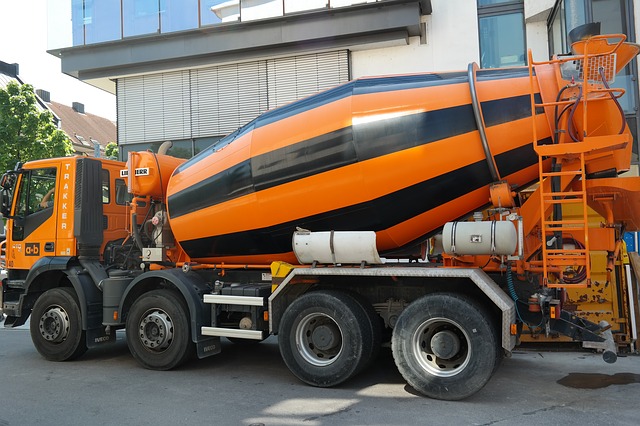
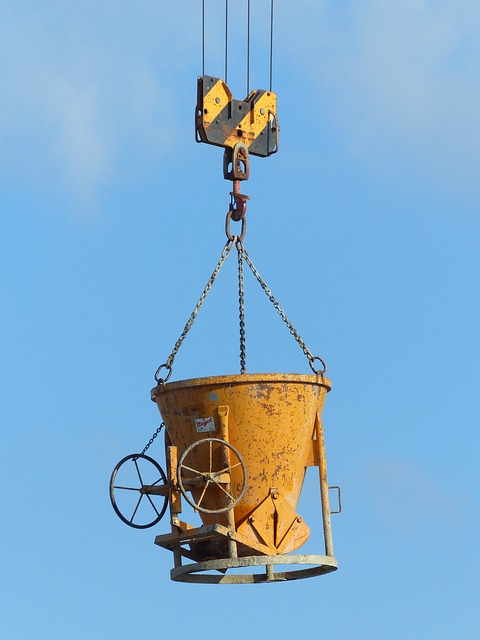


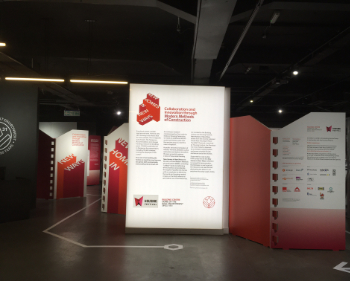
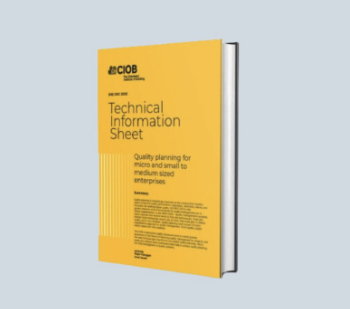







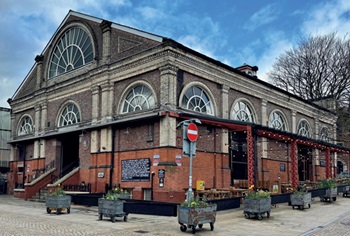


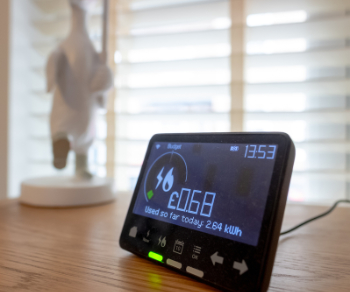


Comments